In today’s ever-evolving streaming landscape, your choice of app can make or break your viewing experience. Whether you’re a seasoned Real-Debrid user or simply looking for a clean, customizable platform for movies and TV shows, which one should you use? Stremize or Syncler? This Stremize vs Syncler comparison aims to provide a comprehensive, unbiased analysis of both apps so that you, as a user, can make an informed decision based on features, compatibility, usability, legal positioning, and long-term value.
Overview of Stremize
Stremize is a modern Android streaming app designed to bridge the gap between debrid services and personal streaming setups. Unlike traditional apps that only collect links, Stremize allows users to add their own API keys (like Real-Debrid, AllDebrid, Premiumize, Torbox) and M3U/IPTV playlists, giving users full control over the sources without the app hosting any content.
The app’s core philosophy focuses on lightweight performance, privacy, and cross-device syncing, offering a modular plugin system, but Stremize is not yet available on the Google Play Store.
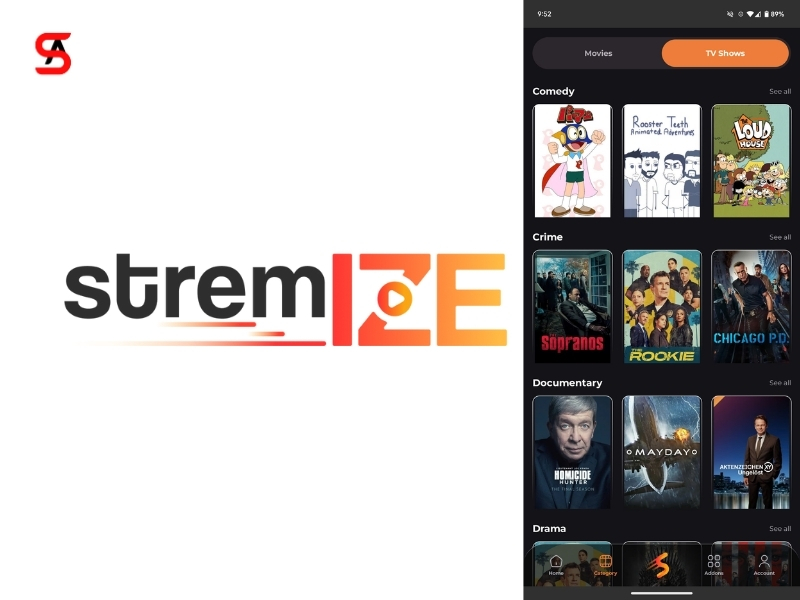
>>>>> Stremize Overview – The Streaming App Built for Simplicity
Overview of Syncler
Syncler, on the other hand, is a more established name in the space, known for its sleek design and good integration with link resolvers via its S+ packages. Syncler is often considered the spiritual successor to TVZion and supports multiple providers once the S+ packages are properly installed.
Syncler does not come with pre-installed content but does provide a rich platform for users to install external provider packages, which often require technical knowledge and subscription services like Real-Debrid to be fully functional.
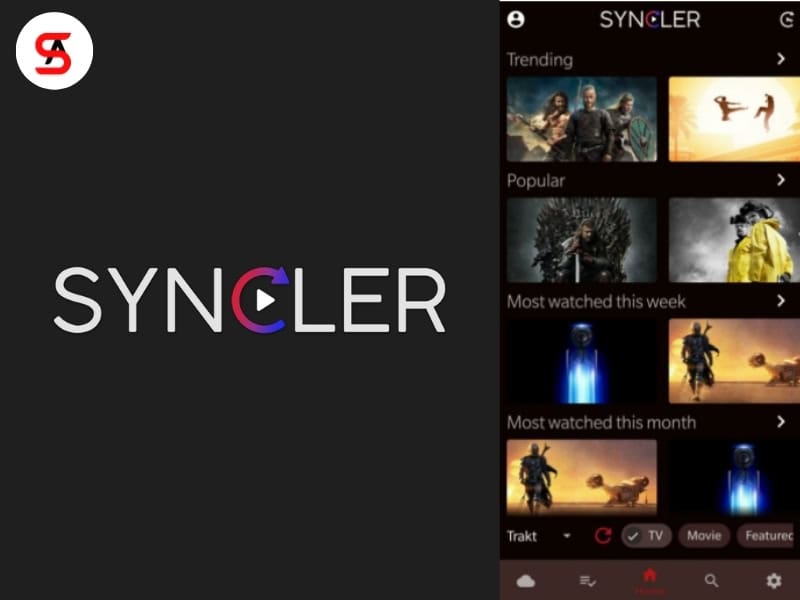
Stremize vs Syncler Comparison Table
Here’s a detailed side-by-side comparison of both platforms:
| Feature | Stremize | Syncler |
|---|---|---|
| Availability | APK (official site only, not on Play Store) | APK (official site only, not on Play Store) |
| Supported Platforms | Android, Android TV, Firestick | Android, Android TV, Firestick |
| User Interface | Minimalist, Clean, Clean Layout | Modern, animated interface with more navigation layers |
| Content Sources | User adds Debrid APIs and M3U/XC playlists manually | User installs S+ provider packages (3rd party) |
| Debrid Services Supported | Real-Debrid, Premiumize, AllDebrid, Debrid-Link, Tobox | Real-Debrid, Premiumize, AllDebrid |
| Live TV Support | Yes (via Xtream Codes/M3U) | No official support |
| Add-on System | Lightweight, modular, community-friendly | S+ packages required, often found outside official sources |
| Privacy Approach | No tracking, no cached links, only streams direct to user | Minimal tracking, but depends on package source |
| Sync Across Devices | Yes, with user login & watch position memory | No official sync feature |
| In-App Ads | None | None (premium model via Syncler+) |
| Customization | Moderate | High |
| Learning Curve | Moderate (manual setup of APIs and playlists) | High (requires S+ setup and external sources) |
| Legality & Compliance | Emphasizes legality by requiring user-owned access keys | Operates in grey zone with community provider packages |
| Community Support | Growing Discord and Reddit presence | Strong existing Reddit and Discord communities |
| Official Documentation | Limited but improving | Extensive via Syncler website & user guides |
| Offline Mode | No | No |
| Price Model | Free, activation required for premium features | Free basic, Syncler+ paid tier for better experience |
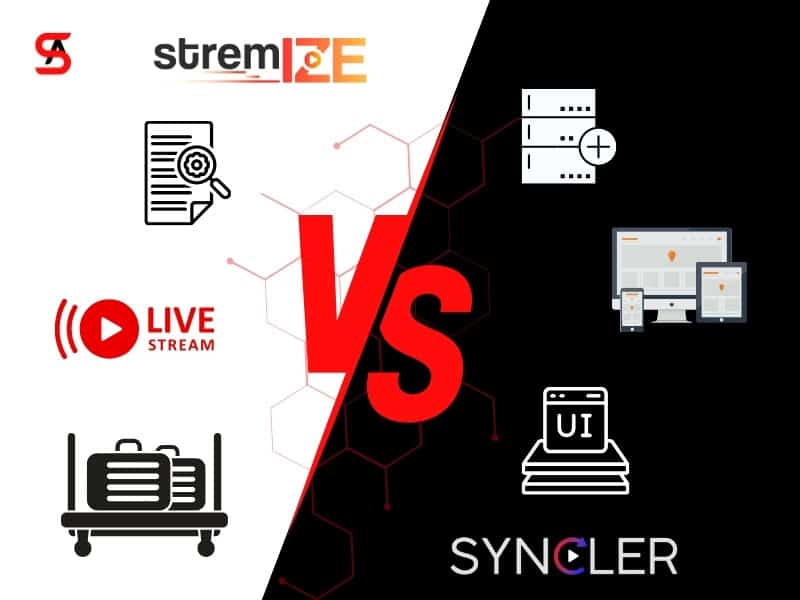
Visually, Syncler is often notable for its smooth animations, poster-rich interface, and Netflix-like navigation. Users who value aesthetics and familiar layouts will likely favor Syncler.
However, Stremize stands out for its speed and responsiveness, especially on mid-range Android TV devices. The user interface is intentionally minimalist, minimizing clutter and offering icon-only menu states, similar to professional IPTV apps like iMPlayer. This allows users to choose the complexity of the interface.
Verdict:
Choose Syncler if you value visuals and dynamic browsing.
Choose Stremize if you value variety, speed, and minimalism.
Easy Setup
For first-time users, Stremize can be easier to install and use especially if you already have a Real-Debrid or AllDebrid API key. Just paste the key, choose to upload an M3U playlist, and you’re good to go.
Syncler, on the other hand, requires installation and is often hosted externally, which can get buggy over time. While it does have detailed instructions, the process can be confusing and intimidating for new users.
Verdict:
Stremize is more beginner-friendly, especially for those with Debrid experience.
Syncler requires more technical knowledge but offers more built-in features once fully configured.
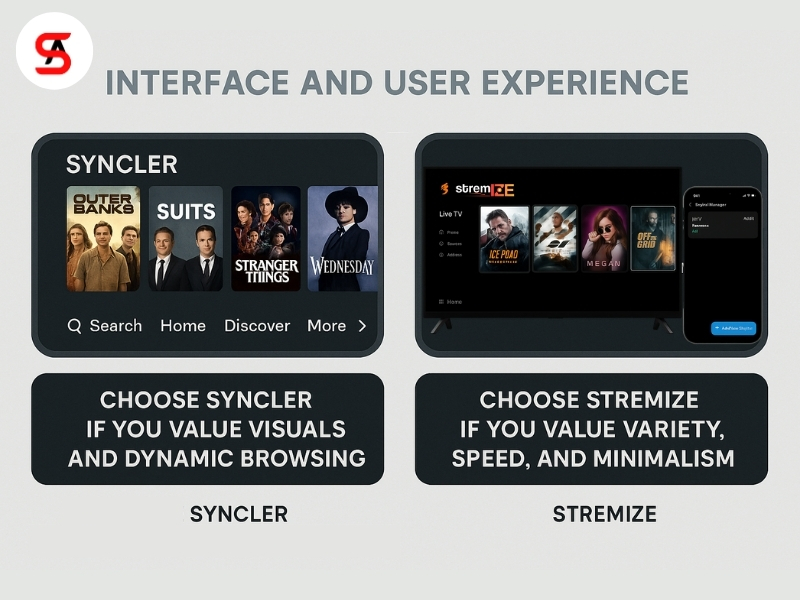
Content Aggregation and Playback
Stremize gives users direct control over their sources. It does not aggregate links from unknown scrapers or public providers, which minimizes copyright risks but also limits out-of-the-box content.
Syncler, once linked with S+ packages, can aggregate a vast amount of links from public and premium sources—though this can occasionally lead to dead links or broken streams.
Verdict:
-
Stremize offers clean, fast, and safe access with fewer errors.
-
Syncler can feel more complete but is less stable depending on the provider packages.
Live TV and IPTV Integration
This is the most obvious difference between Stremize and Syncler. Stremize supports M3U playlists and the Xtream Codes API, allowing users to integrate live TV channels or IPTV subscriptions. This makes it a viable option for users who already have access to these services and want to manage them in a single application.
Syncler does not support IPTV or live TV formats. It is designed specifically for on-demand content and does not offer integrated functionality for playlists or real-time streaming.
Verdict:
If IPTV integration is important to you, Stremize is a better fit for that use case.
Device Syncing and Multi-User Support
Stremize currently supports account-based syncing across devices. When users sign in to their Stremize account, the app can save their viewing history and resume playback from where they last left off—even when switching between devices like their phone and Android TV. This allows for seamless viewing and reduces the need to manually track where you left off.
Syncler, with its Syncler+ plan, integrates with Trakt to sync viewing history and progress. The app also supports multiple user profiles, parental controls, and profile switching, which can be useful for households with multiple users and preferences.
Verdict:
Both apps support device syncing, but they take different approaches.
Stremize offers native syncing for your account across multiple devices.
Syncler+ offers profile-based management and integration with external services like Trakt.
Security and Legal Considerations
Stremize is designed as a neutral tool. It does not index or crawl links, nor does it store or distribute content. All playback is based on user-provided sources, such as the debrid API or private playlists. This approach shifts responsibility to the user and is more in line with common compliance regulations.
Syncler also does not store or serve content directly, but relies heavily on third-party community packages (S+ providers) that pull content from a variety of public and private databases to serve its functions. This reliance introduces additional legal ambiguity, especially for users who may not fully understand the origin or licensing status of streams.
Verdict:
Stremize takes a more transparent approach to content access. Syncler offers more flexibility, but also carries more risk depending on how it’s configured.
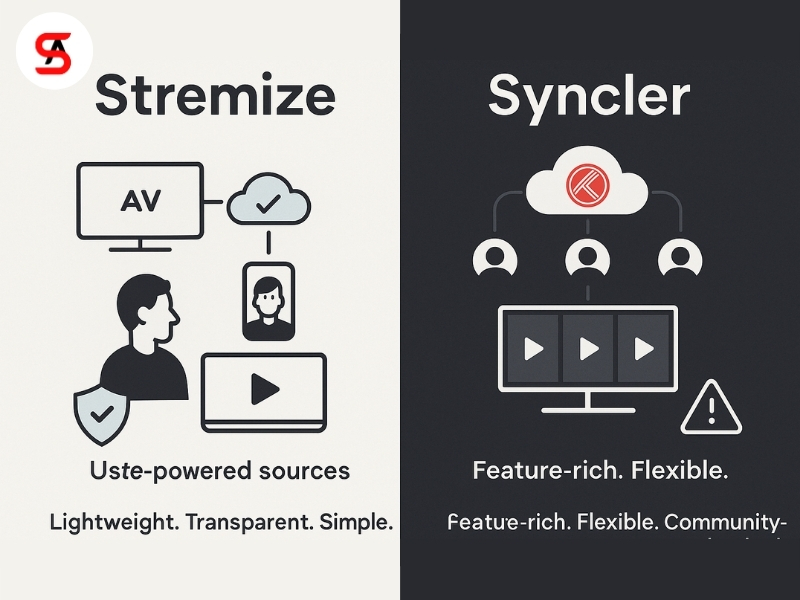
Community and Support
Syncler has a solid user base with active discussions on Reddit, Telegram, and other forums. There are plenty of tutorials, YouTube videos, and third-party resources to help new users get set up and troubleshoot.
Stremize is a newer app, but it’s already starting to gain traction through Reddit and Discord. While the community is small, it’s growing, and early adopters have shared positive feedback about its performance and simplicity.
Verdict:
If community maturity and ease of use are important, Syncler still leads the pack.
If you’re comfortable with newer tools and have a small but active support channel, Stremize can still do well.
Pricing Model
Stremize currently uses a simple model: the app is free to download, but some features may require an activation code. For pricing details, visit Stremize.com.
Syncler offers a free version with basic functionality. To unlock advanced features like Debrid Suite, which supports multiple profiles and additional customizations, users can subscribe to Syncler+, which starts at around $1.25/month depending on the number of devices.
Verdict:
Stremize emphasizes simplicity, while Syncler+ offers more advanced features for a relatively small subscription fee.
Final Verdict: Which is Better for You?
Neither app is “better” in any meaningful sense. The right choice depends on how you plan to use it.
Choose Stremize if you:
- Want a lightweight app with fast performance.
- Already have your own playlist or Debrid account.
- Prioritize apps that don’t interact with third-party content sources.
Choose Syncler if you:
- Want a polished user interface with richer browsing features and tools.
- Plan on using public service plans or rely on content aggregation.
- Willing to pay a small fee for advanced features like multi-profile support and content filtering.
Conclusion
This Stremize vs Syncler comparison shows two distinct approaches to streaming:
-
Stremize is a tool-focused app that gives users full control over their content sources, with no scraping or index features. It’s best suited for those who value performance, simplicity, and privacy.
-
Syncler is designed as a highly customizable content hub. When paired with Syncler+, it becomes a powerful platform for aggregated streaming, ideal for users who want more automation and features at a modest cost.
Both apps are strong in their own way. The decision ultimately comes down to how much control, convenience, and customization you need.
